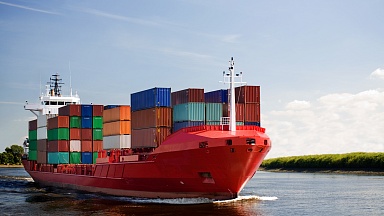Trade relations between the states are of particular importance, including due to country and regional specifics, i. e. both states have an export-oriented economy and are leaders for their regions and the world as a whole. If the German economy is the strongest in Europe, then China is the driver of global economic growth due to the economies of scale.
The German economy with a GDP of USD 4.47 trillion (USD 53,810 per capita according to purchasing power parity, OECD methodology) accounts for 24.2% of the total GDP of the European Union, which makes it the economic locomotive of the EU. The country is characterized by an excess of exports over imports, i. e. the ratio of exports to GDP is 44%, and the same of imports is 38%. Thus, the country’s trade surplus in 2020 amounted to USD 195.3 billion. Against the background of the coronavirus crisis, Germany’s GDP decreased by 5%, which is less than in the EU as a whole (-6.2%).
At the same time, the Chinese economy turned out to be the only major economy in the world in 2020 that maintained positive growth rates of GDP (+2.3%), although they showed a significant decline. Thus, in 2020, China’s GDP can be estimated at USD 24 trillion (according to purchasing power parity, OECD methodology), which is more than the US indicator. However, in dollar terms, China’s economy is still smaller than the American one and, according to some estimates, will overtake it in 2028. China’s foreign trade is growing in absolute terms, but since 2006 its share of GDP has been decreasing, i. e. from 64.5% to 35.8% in 2019, which indicates a trend towards reorientation of the Chinese economy to domestic demand as a driver of development.
In the transport and logistics context, trade between China and the EU is one of the main global destinations for cargo transportation, and Germany is one of the key transshipment points and the final destination for European and global commodity flows. According to the 2017 BCG Railway Efficiency Index, Germany ranked fourth (6.1 points) after Switzerland, Denmark, and Finland, thus being the leader in the intensity of railway use.
The rapid development of transit container rail cargo transportation in the direction of China-Europe-China in 2020 has once again raised the issue of the nomenclature and volumes of cargo that will switch or continue to switch to the railway in the context of changes related to both the transformation of the Chinese economy towards domestic consumption and more complex goods, and the slowdown in economic growth in Europe, primarily in Germany. At the same time, special attention will be paid to imports from China, which quantitatively prevail over exports.



